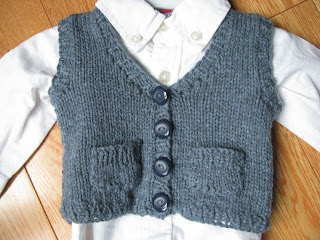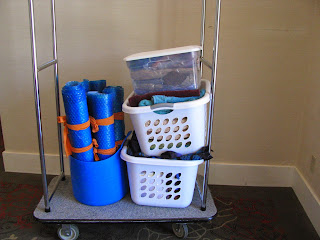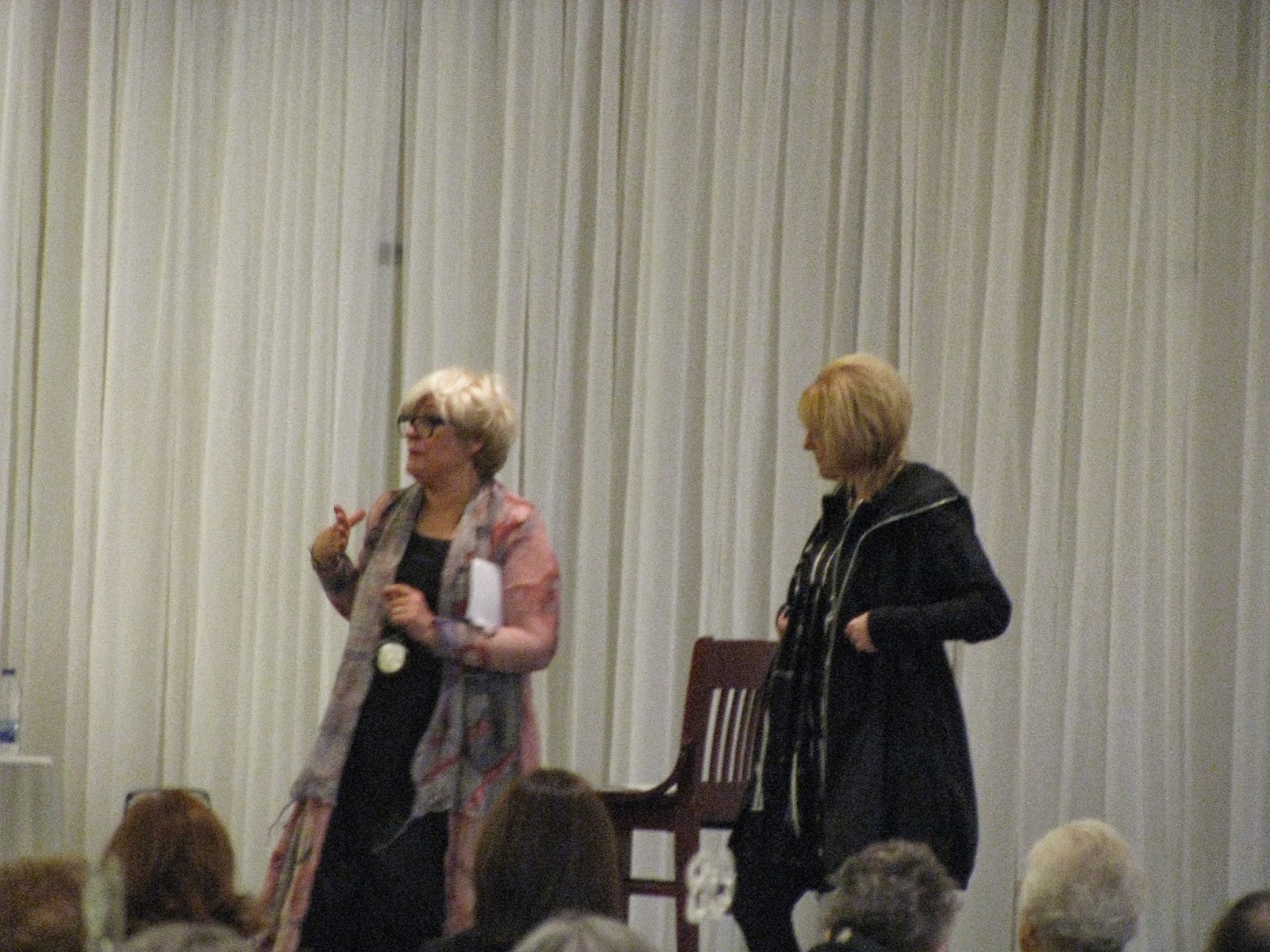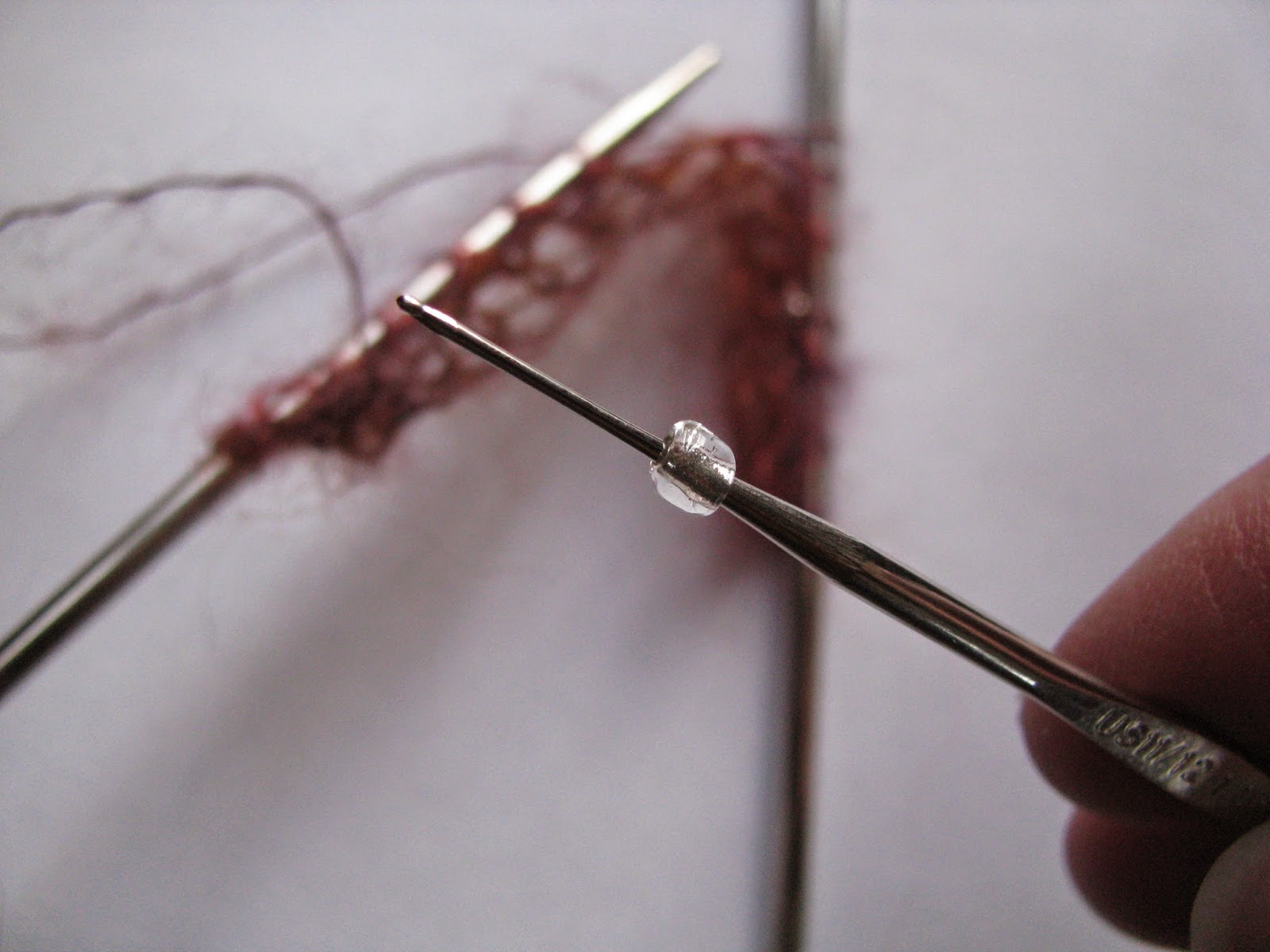This pattern is for a baby "grandpa vest", and is sized to fit 3 - 6 months, 9 - 12 months, and 18 months. It could be perfect to use up some leftover DK weight. Please use the swatch / gauge test to assure a perfect baby fit!
Sizes: Small (3-6 months), Med (9-12 months), large (18
months)
Yarn: 150 grams of
light worsted weight (DK weight or Sport weight) *** check recommended needles
and estimated gauge. Work a swatch and
recheck gauge after washing!!!
Gauge : 17 sts = 4
inches after washing.
Needles: 4mm for
body, 3.75mm for ribbing , 3.75mm
circular for bands.
4 buttons, ¾ - 1 inch
Back
With 3.75mm needles, cast on 37 [39 ,43] sts
Establish rib pat on Row 1: *K1 , P1.
Repeat from *. End K1.
Row 2: P1, K1 across, ending with P1.
Work 5 rows. On row 6, increase 5 [6, 6] sts across the
row. 42 [45, 49] now on needles.
With 4.0mm needles, work in stocking stitch until piece measures
5 [6, 6.5] inches.
Underarm Shaping: Bind
off 4 sts at beg of next 2 rws.
Continue in stocking stitch until piece measures 9" [1.5, 11.5] inches.
Bind off all stitches.
Front Left Side:
With smaller needles, cast on 19 [20, 22] sts.
Work rib pattern for 5 rws [1"]. On row 6, inc 2 sts across
the row. 21 [ 22, 24] stitches now on
the needle.
Change to 4.0mm needles, and work in Stocking Stitch until
5[6,6.5] inches are worked.
With right side facing: bind off 4 stitches for the armhole
edge. Then start the neck shaping like
this: at the end of the armhole shaping row, knit the LAST two stitches together. Continue in Stocking Stitch, decreasing at
the last 2 stitches on every right side row only (every 2nd row)
until 9[10,11] stitches are left. Continue without decreasing until total
length is 9[10.5, 11.5] inches. Bind off
all stitches.
Front Right Side:
With smaller needles, cast on 19 [20, 22] sts.
Work rib pattern for 5 rws [1"]. On row 6, inc 2 sts across
the row. 21 [ 22, 24] stitches now on
the needle.
Change to 4.0mm needles, and work in Stocking Stitch until
5[6,6.5] inches are worked.
With wrong side facing: bind off 4 stitches for the armhole
edge. Purl to end of this row. Then
start the neck shaping like this: on the NEXT row: knit the first two stitches together. Continue in Stocking Stitch, decreasing at
the frist 2 stitches on every right side row only (every 2nd row)
until 9[10,11] stitches are left. Continue without decreasing until total
length is 9[10.5, 11.5] inches. Bind off
all stitches.
Weave in all ends.
Seam each shoulder.
Armhole Edging:
With 3.75mm needles, pick up 38 [42, 46] stitches around
armhole edge. Work in 1 by 1 ribbing for three rows, cast off loosely in
ribbing on fourth row.
Finishing Band:
With 3.75 long circular needle and
RS facing, begin at lower right front
edge. Pick up 20 [24, 28] stitches to first neck dec, pick
up 17 [17, 18] sts along theangled neck
edge, pick up 18 [18, 20]sts along the back of the neck, pick up 17 [17, 18] sts
down along the angled neck edge, pick up 20 [24, 28] sts to the end of the left
side. Work one row in 1 by 1 ribbing.
Next row: (button hole row- you will make four button holes) …. keeping in the ribbing pattern: Work 2 [3, 4] stitches, Yarn over, knit 2
together, work 4 [5, 6] stitches, Yarn
over, knit 2 together , work 4 [5, 6] Yarn over, knit 2 together, work 4 [5, 6]
stitches, Yarn over, knit 2 together. Work the rest of the row in ribbing.
Next row, work ribbing, working the yarn overs back into the
ribbing pattern.
Work one more row of ribbing, then cast off next row in rib
stitch (loosely).
Weave in ends, and sew side seam. Sew buttons opposite holes.
Pockets: (optional)
With 4mm needles,
Cast on 11 [11, 13]
stitches. Work in stocking stitch for 2
[2, 2.5] inches. Change to 3.75 mm
needles and 1 by 1 ribbing, rib for 1 inch and cast off loosely all stitches.
Sew pockets as shown in photo.
Close up (sorry it's blurry) of the buttons and pocket.
























































